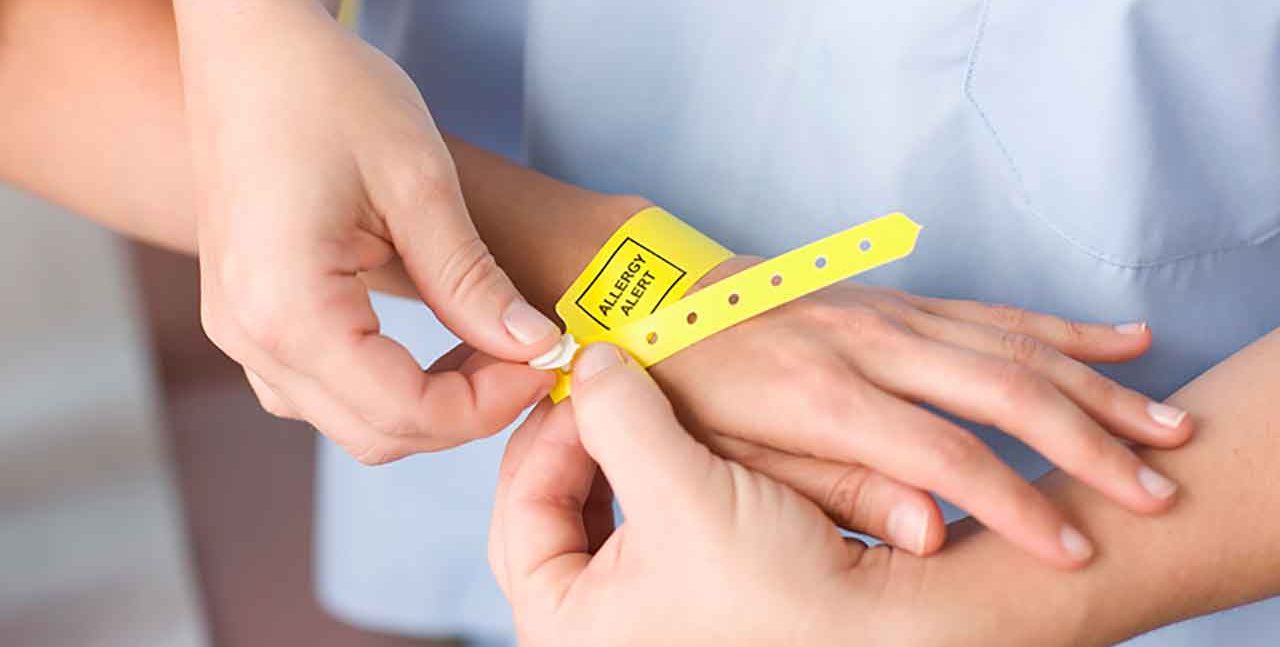How to Treat Allergies with Medication

Before you know how to treat allergies with medication, you have to know your triggers. Your doctor is the first place to start. Learn more.
Pharmacy and supermarket shelves are lined with medicines promising to relieve your worst allergy symptoms, but which should you choose — an antihistamine, decongestant, steroid nasal spray, or something else?
Here’s a guide so you know how to treat allergies with medicine and pick the right one for your symptoms.
YOU MIGHT ALSO LIKE: When to See a Doctor for Allergies
Where to start
Don’t try to navigate the medicine aisle in your pharmacy or grocery store on your own. See your doctor first for allergy tests to identify your triggers and plan the best treatment approach.
“After testing, you need to sort out results with your healthcare provider,” said Jay Slater, MD, an allergist affiliated with Children’s National Hospital in Maryland. “Take the results of the test and combine it with reflective thinking about when and where you’re experiencing symptoms. Then determine the best course of action.”
Nasal steroids for allergies
Often that course will involve nasal corticosteroids (steroids, for short), which are often the first choice for relieving a stuffed and runny nose due to allergies.
“These medications can work to decrease the allergic inflammatory response that is being caused by allergens. When taken consistently, they will help relieve nasal congestion and ‘stuffiness’ associated with allergies,” said Frédéric Little, MD, clinical director of allergy at Boston Medical Center.
Prescription nasal steroids include:
- Beclomethasone diproprionate (Q-Nasl)
- Budesonide (Rhinocort)
- Ciclesonide (Omnaris)
- Fluticasone furoate (Veramyst)
- Fluticasone propionate (Flonase)
- Mometasone (Nasonex)
Flonase, Rhinocort AQUA, and triamcinolone (Nasacort AQ) are available over the counter. Side effects of steroid nasal sprays include irritation in the nose, nosebleeds, and a bad smell or taste.
Antihistamines for allergies
When you react to pollen, dust, or dander, your immune system releases a chemical called histamine, which makes your eyes water and your nose run. Antihistamines block that chemical.
Antihistamines come in pills, liquid, nasal sprays, and eye drops. You can get them over the counter or with a prescription. Short-acting antihistamines relieve symptoms for four to six hours, while long-acting ones keep working for 12 to 24 hours.
Older-generation oral antihistamines like diphenhydramine (Benadryl) and brompheniramine (Dimetapp) can make you sleepy, so you might want to take them at bedtime.
Newer, long-acting antihistamines won’t cause drowsiness, which makes them a better option for daytime use. They include:
- Cetirizine (Zyrtec)
- Desloratadine (Clarinex)
- Chlorpheniramine maleate (Chlor-Trimeton)
- Fexofenadine (Allegra)
- Loratadine (Claritin)
Any oral antihistamine can cause side effects, like dry mouth, constipation, blurred vision, and trouble urinating.
Antihistamine nasal sprays are available by prescription. They start to open a stuffed or runny nose and ease sneezing within minutes after you use them. Options include azelastine (Astelin, Astepro) and olopatadine (Patanase). Their main side effect is a bitter taste in the mouth.
You’ll also find antihistamines in a few different eye-drop formulations. Brands like azelastine (Optivar) and emedastine (Emadine) contain an antihistamine only. Epinastine (Elestat), ketotifen (Zaditor, Alaway, Zyrtec), and olopatadine (Patanol, Pataday) combine an antihistamine with a mast cell stabilizer — a type of drug that reduces inflammation. Naphazoline/pheniramine (Naphcon A, Opcon-A, Visine-A) contains an antihistamine plus a decongestant to reduce both itching and redness.
Decongestants for allergies
Decongestants shrink swollen blood vessels in your nose to relieve congestion and help you breathe easier. Many oral decongestants are combined with an antihistamine, including:
- Cetirizine and pseudoephedrine (Zyrtec-D)
- Desloratadine and pseudoephedrine (Clarinex-D)
- Fexofenadine and pseudoephedrine (Allegra-D)
- Loratadine and pseudoephedrine (Claritin-D)
Because the drugs can make your blood pressure spike, check with your doctor before using them if you have heart problems or high blood pressure.
Nasal spray versions of decongestants quickly unclog a stuffed nose, but they may not be the best options for allergies. After three days of use, they can make your congestion return, and you’ll have to switch to another treatment.
Nasal decongestants include oxymetazoline (Afrin, Dristan, other brands), phenylephrine (Neo-synephrine), and tetrahydrozoline (Tyzine).
Leukotriene modifiers for allergies
Leukotrienes are a kind of chemical your body releases when you’ve been exposed to your trigger that contributes to allergy symptoms. Leukotriene modifiers like montelukast (Singulair) and zafirlukast (Accolate) block the action of the chemical. The drugs also relieve asthma symptoms. Leukotriene modifiers are available both over the counter and by prescription.
YOU MIGHT ALSO LIKE: How to Treat Allergies with Immunotherapy
Updated:
September 06, 2023
Reviewed By:
Janet O’Dell, RN